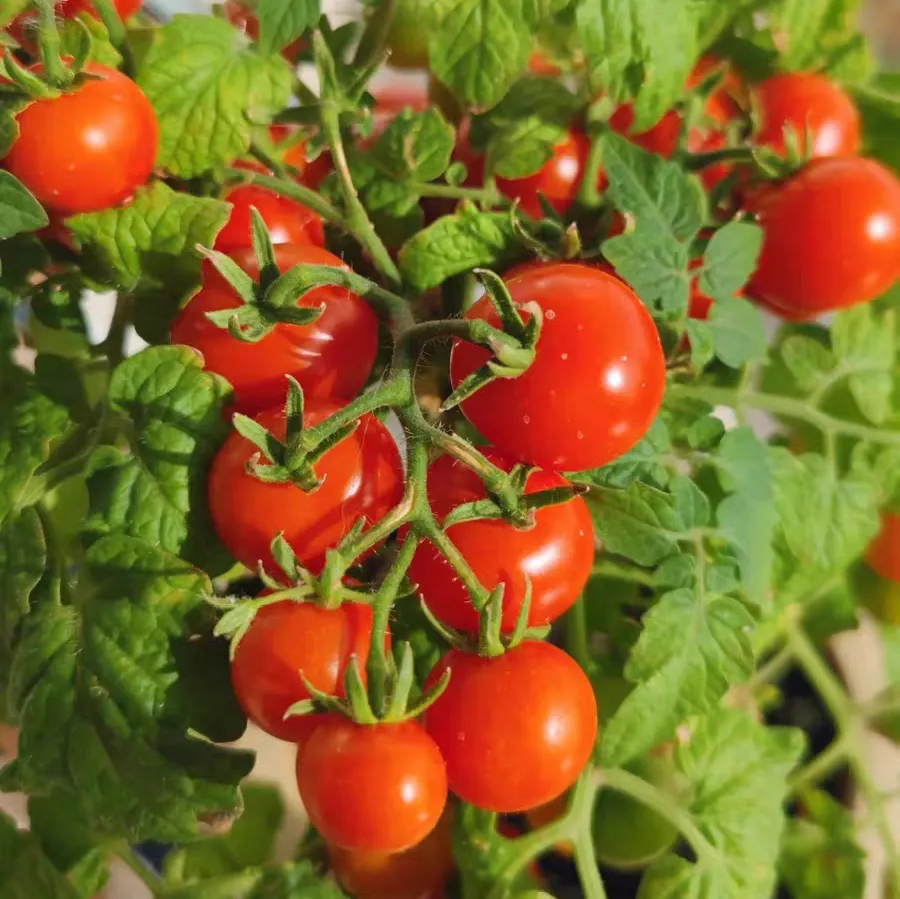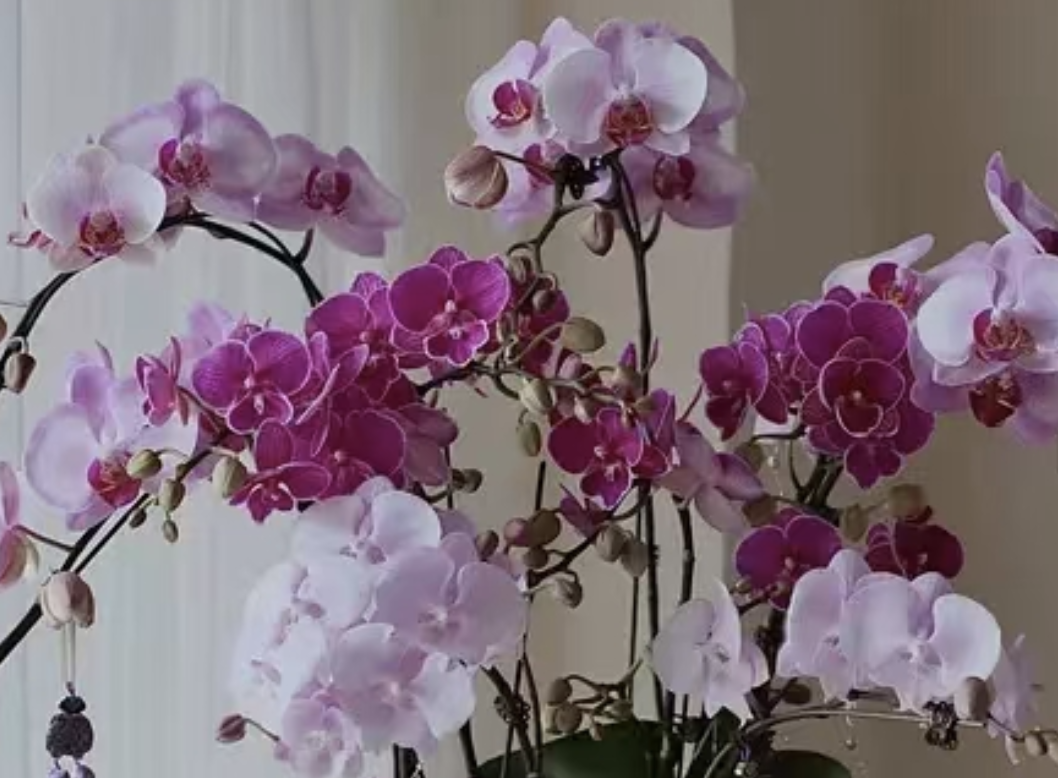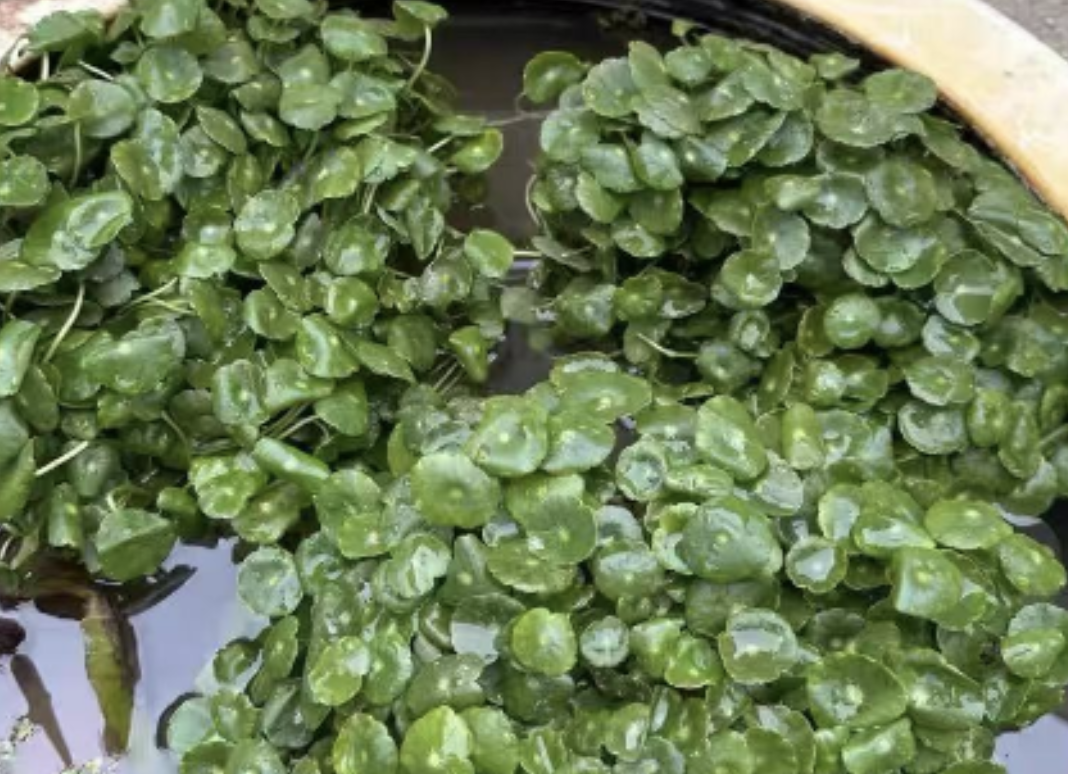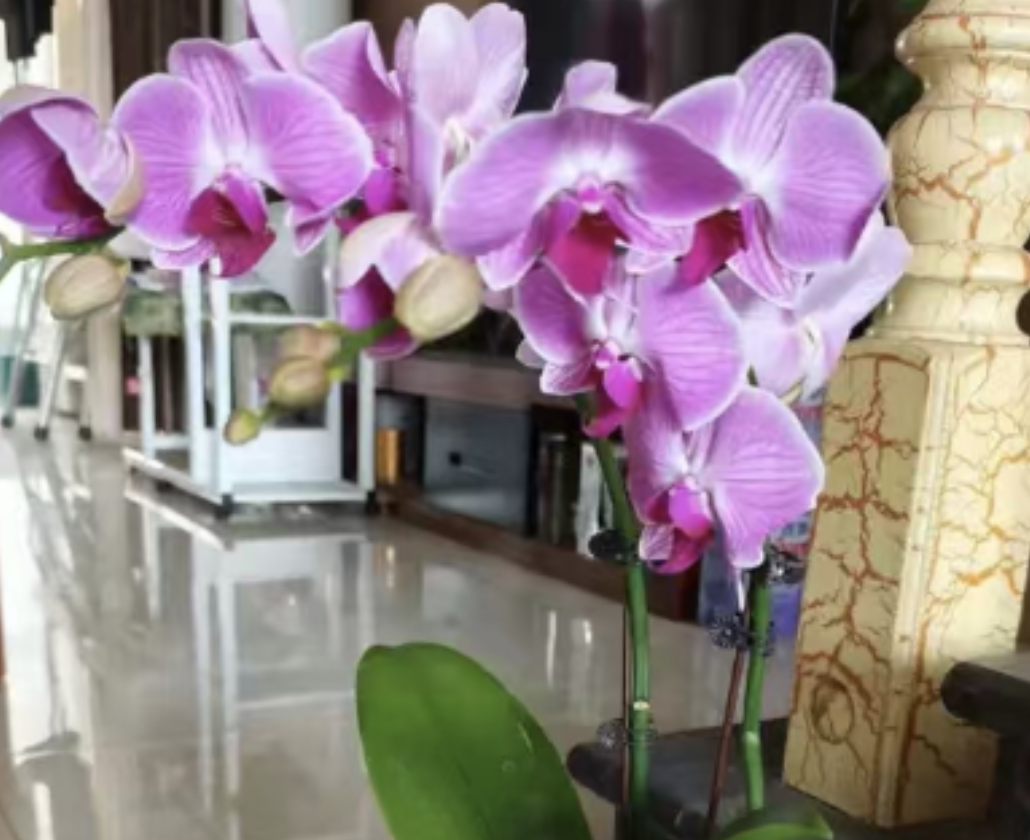Have you ever noticed, fellow cherry tomato growers, that the fruits you've worked so hard to grow suddenly turn black and soft at the bottom, or even rot into a hole? This is no coincidence—nine times out of ten, it's caused by "blossom end rot"—a disease that specifically targets the fruit's blossom end, especially during the fruiting period. Don't panic; today, I'll explain the causes, solutions, and prevention tips.
### Signs of Blossom End Rot in Cherry Tomatoes
Initially, a pinhead-sized, water-soaked spot appears at the blossom end, pale yellow or light green in color, and feels slightly soft. Then, the spot gradually expands, turning dark brown or black with a sunken center. In severe cases, the entire area around the blossom end rots and shrivels, even growing mold, rendering the fruit completely unmarketable.
Note: Blossom end rot only affects the fruit; leaves and stems are usually unaffected. So, if you notice something wrong with the fruit, check the blossom end first—this will likely confirm the issue.
### Causes of Blossom End Rot in Cherry Tomatoes
#### 1. Calcium Deficiency
Tomato fruits, in particular, require calcium for development, as it strengthens the toughness of the peel cells. A lack of calcium leaves the fruit vulnerable to moisture and pathogens, leading to rot.
- **Two critical periods for calcium deficiency**:
- Seedling stage: Insufficient calcium absorption by the roots affects later reserves.
- Rapid fruit enlargement stage: Calcium demand surges, and a shortage easily triggers the disease.
- **Solutions**:
Mix bone meal, superphosphate, or chelated calcium fertilizer into the potting soil during planting to ensure calcium is evenly distributed around the roots.
For emergency treatment during fruiting, spray a 0.3% calcium chloride or calcium nitrate solution on the leaves, focusing on the fruits and nearby foliage. Repeat weekly for 2-3 weeks to "supplement calcium" through the leaves.
#### 2. Excess Nitrogen or Potassium
Excess nitrogen causes the plant to grow excessively in leaves and stems, delaying flowering and fruiting. Such "overgrown" plants prioritize nitrogen absorption, blocking calcium uptake.
Excess potassium competes with calcium for absorption in the roots, reducing calcium uptake efficiency.
- **Solutions**:
If the plant grows leaves but no fruit, immediately stop using high-nitrogen fertilizers (e.g., urea, chicken manure). Switch to low-nitrogen, high-phosphorus, and high-potassium fertilizers (e.g., potassium dihydrogen phosphate with an N-P-K ratio of 0-20-20), diluted 1:1000, and water the roots every 10 days to redirect nutrients to the fruits.
Check fertilizer instructions before use to avoid excessive single-element application. For home potted plants, follow the "thin and frequent feeding" principle—each application should not exceed 1% of the potting soil volume.
#### 3. Overwatering or Underwatering
Overwatering leads to waterlogged soil. If roots sit in water for more than 24 hours, they rot from oxygen deprivation, disabling their absorption function.
Underwatering causes long-term soil dryness, shrinking roots and preventing them from absorbing calcium and other nutrients. The blossom end suffers first from "water and nutrient deficiency."
- **Solutions**:
Water only when the soil is dry—check by inserting a finger 2-3 cm into the soil; water if it feels hard and doesn’t crumble.
Pour water slowly along the pot edge to avoid direct impact on the blossom end. Avoid cold water; use tap water left to stand for 1 day (to balance temperature).
During fruiting, slightly extend watering intervals to let the plant "thirst" a little. This not only reduces blossom end rot but also helps fruits accumulate more sugar, making them sweeter!
### Tip:
Once you spot blackened, rotting blossom ends, immediately cut them off with sterilized scissors (disinfected with alcohol or boiling water). Don’t let rotten fruits waste nutrients or be discarded in the pot (they may grow mold). After pruning, loosen the soil around the wound and sprinkle carbendazim powder to prevent pathogen spread.
### Daily Prevention of Blossom End Rot in Cherry Tomatoes
1. Choose resistant varieties: Some varieties (e.g., "QiXi" and "Cherry Tomato") are more tolerant to blossom end rot—ideal for beginners.
2. Add 10%腐熟 coco coir or peat moss to the potting soil (along with calcium supplements). This retains water and stabilizes calcium release, preventing calcium loss.
3. Cover the soil surface with dry straw or mulch to reduce compaction during watering and prevent fruits from touching moist soil, lowering disease risk.
What causes the bottom of cherry tomatoes to turn black?

Share with
Tagged in :




Leave a Reply